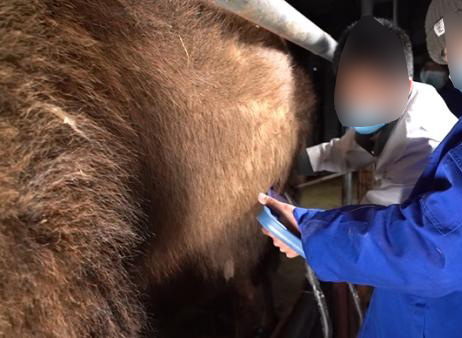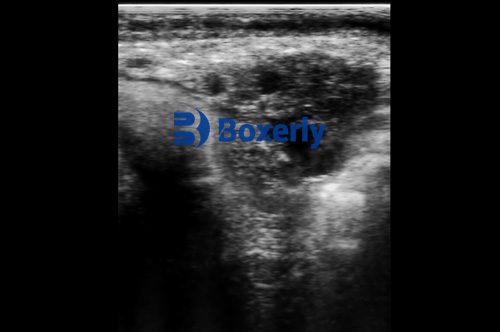Ultrasound technology has become an indispensable tool in veterinary medicine, offering numerous benefits for both small and large animals. As a livestock farmer, I’ve witnessed firsthand how this non-invasive diagnostic method enhances animal health management, improves breeding programs, and ultimately boosts farm productivity.

One of the most significant advantages of ultrasound is its ability to provide real-time imaging without radiation exposure. Unlike X-rays, ultrasound uses high-frequency sound waves to create detailed images of internal structures. This makes it particularly valuable for pregnancy detection in livestock. With ultrasound, we can confirm pregnancies as early as 28-30 days in cattle, allowing for better reproductive management and earlier identification of non-pregnant animals for rebreeding.
The technology also excels in diagnosing various health conditions. From detecting tumors and abscesses to evaluating organ function, ultrasound helps veterinarians make accurate diagnoses quickly. For instance, when one of our dairy cows showed signs of abdominal discomfort, ultrasound revealed a displaced abomasum that required immediate treatment. Early detection saved the animal and prevented potential production losses.
In musculoskeletal examinations, ultrasound proves invaluable for assessing tendon and ligament injuries in horses and other performance animals. The ability to visualize soft tissue structures in motion allows for more precise diagnoses than static imaging methods. Many equine veterinarians now rely on portable ultrasound units for field examinations, significantly improving treatment outcomes.

The economic benefits for livestock operations are substantial. By enabling early disease detection and precise reproductive management, ultrasound technology helps reduce veterinary costs and improve herd productivity. For breeding operations, the ability to determine fetal viability and count litter sizes in swine or small ruminants translates directly to better financial planning.
Recent advancements have made ultrasound equipment more accessible to veterinary practices and farms. Modern portable units like those from BXL, a manufacturer specializing in large animal ultrasound devices, offer high-quality imaging with user-friendly interfaces. These rugged machines withstand farm conditions while delivering clinic-grade diagnostics.
Training remains crucial for effective ultrasound use. While the technology has become more intuitive, proper technique and interpretation skills are essential. Many veterinary schools now incorporate ultrasound training into their curricula, and continuing education courses help practitioners stay current with the latest applications.
Looking ahead, the integration of artificial intelligence with ultrasound imaging promises even greater advancements. AI-assisted image analysis could help standardize diagnoses and make the technology more accessible to less experienced users. This evolution will likely expand ultrasound’s role in preventive herd health programs.

From my experience, investing in Veterinary ultrasound technology yields substantial returns through improved animal health, better reproductive efficiency, and reduced treatment costs. As the technology continues to advance, its applications in veterinary medicine will only grow, making it an essential tool for modern livestock operations committed to animal welfare and operational excellence.
The non-invasive nature, diagnostic accuracy, and versatility of ultrasound make it a cornerstone of contemporary veterinary practice. Whether for routine reproductive checks or complex medical cases, this technology has revolutionized how we care for animals, ensuring healthier livestock and more sustainable farming operations.
tags:


